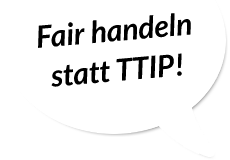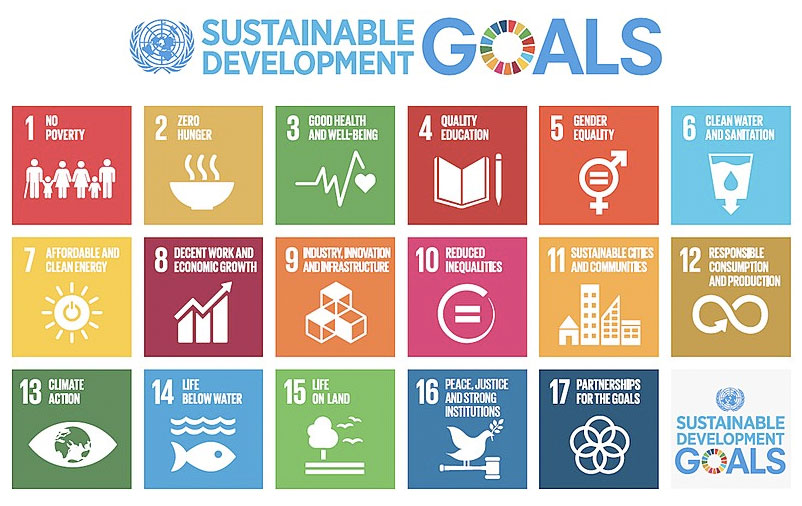Withdrawal of the EU from the Energy Charter Treaty: next steps
France, Poland and Germany have already notified their withdrawal from the ECT by the end of 2022 and other lines have moved thanks to the resolution adopted by the European Parliament in November.
The European Commission has put on the table of Member States on 6 February a non-paper (see Attachment) on the next steps regarding the future of the Energy Charter Treaty, in which it finally admits that "a withdrawal of the EU and Euratom from the Energy Charter Treaty appears to be unavoidable".
The paper considers three options :
1) A coordinated withdrawal from the ECT by the European Union and the Member States
2) A withdrawal from the ECT by the EU as such and and by those Member States that wish to do so, but some Member States will remain
3) An EU withdrawal from the ECT once it has been modernised (i.e. agreeing first to the modernisation of the Treaty on the terms of the June 2022 agreement in principle while making it clear that the EU will then withdraw).
The Commission makes it clear that it has a preference for Option 1.
It stresses that there are no negative effects on the level of investment to be expected in the event of exit. "Our general assessment is that modes of investment protection such as the one provided by the ECT are not required to attract investments in the EU, given the levels of access to justice and rule of law – especially not in the energy sector, where the EU energy market is dynamic and very attractive."
And to neutralise the effects of the survival clause, it suggests a two-pronged approach :
– the negotiation (currently underway) of an inter se agreement between the EU, Euratom and the Member States, confirming that the ECT in its entirety does not apply and has never applied in intra-EU relations
– the negotiation of another inter se agreement with voluntary third countries as requested by the European Parliament in its resolution of 24 November 2022.
We welcome this step forward by the Commission and recommend that Member States follow its recommendation in favour of the first option, which appears to be the only possible way out of the current impasse both legally and politically.
The next step is a Council decision on the basis of these proposals, by qualified majority. For the time being, this document was first discussed in a Council working group on energy on 7 February and a further discussion is expected to take place in a joint session with the working group on trade and investment on 14 March. But there is still no clear majority in favour of option 1.
The International Institute for Sustainable Development (IISD) and other organizations (CIEL and ClientEarth) are organizing a webinar to take stock of the situation on 15 March, from 11am to 12.30pm CET.
Foto: Pixabay

